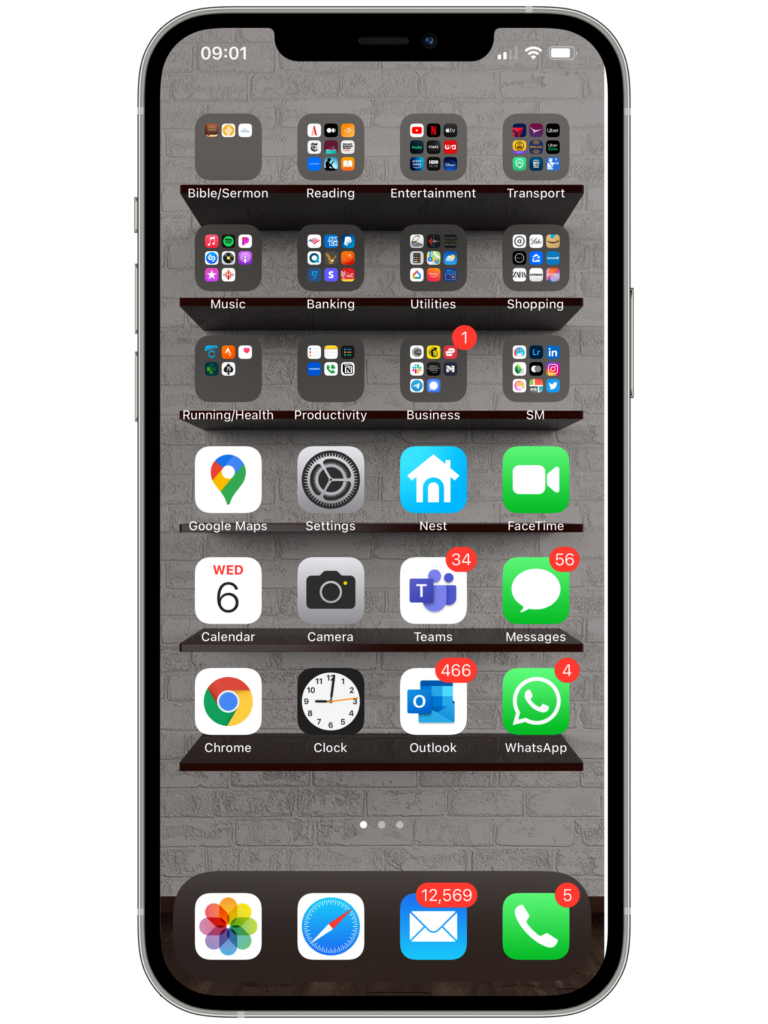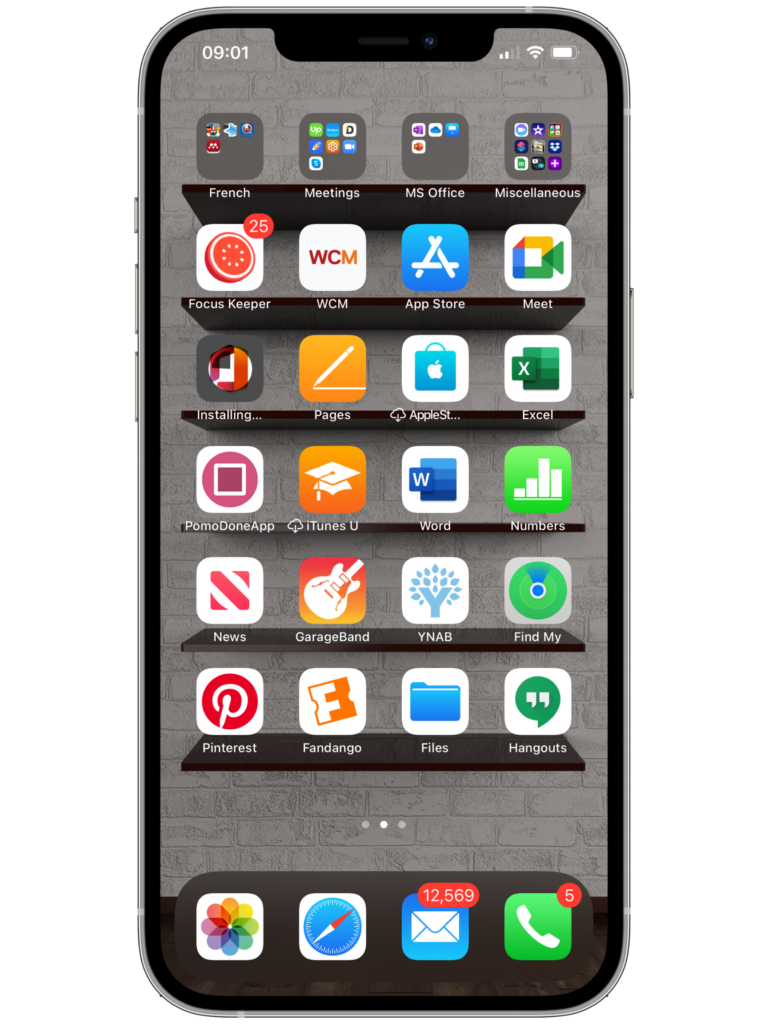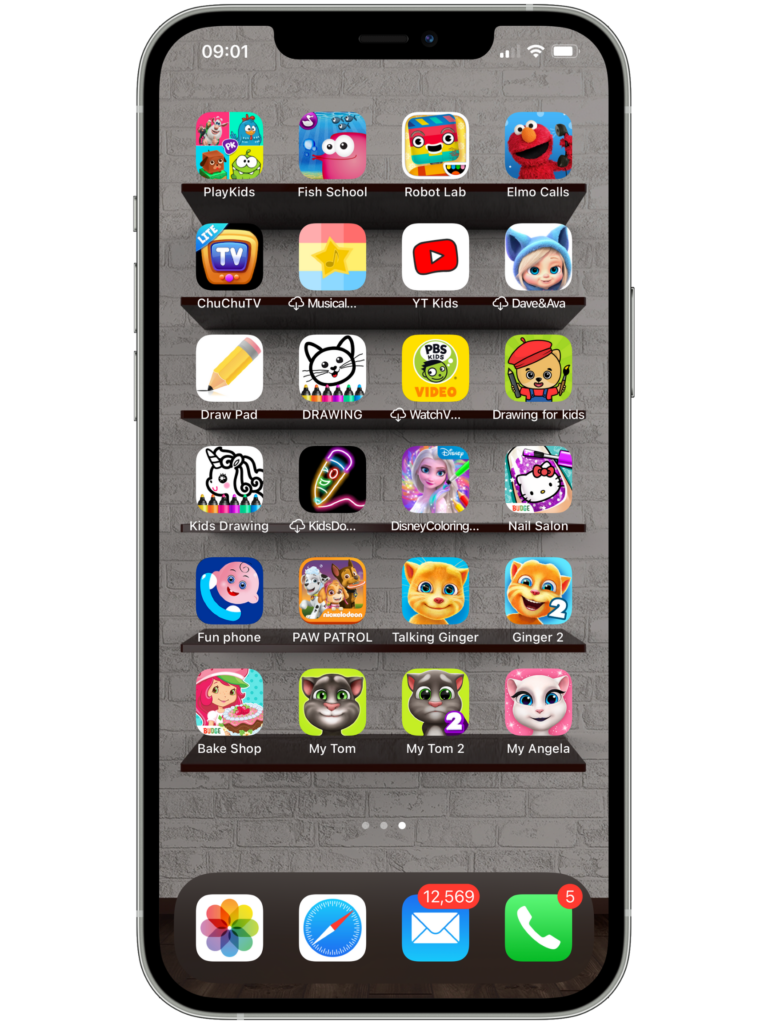Think about how much time you spend on your phone every single day. The average persons spends between 3 – 6 hours on their phone, with over 60 percent of the population spending at least 5 hours or more. Most of this time is spent within specific apps, with some people spending lots of time on social media, games, email, or whichever suite of apps best suit your specific needs and interests.
Now think about how often you scroll through your phone looking for a certain app, or how much time you spend shifting across the many pages on your phone filled with apps. Years ago, when I got my first iPhone, I used to keep the number of apps on my phone to the bare minimum. At that time, there weren’t nearly as many apps as there are on the App store today, so sticking to a handful of apps on my phone and using my laptop for everything else was relatively efficient.
Today, there’s basically an app for everything. With approximately 3.1 million and 2.1 million apps available on Google Play and the App Store respectively, it’s hard not to have dozens upon dozens of app strewn all over your phone’s home page.
As a hardcore technology & operations management person, the inefficiency of disorganized phone screens perturbs me. My eye slightly twitches when I see the phone of my friends or family members, where they may have 7 or more home screens each filled with an array of apps. Last week, after a close friend was searching for a recently downloaded app on her phone for an entire 6 minutes (I was watching the clock), I sat her down and forced her to organize her phone. Imagine never having to waste time searching in a sea of apps again.
Below, you’ll see my current favorite way to organize my phone. Here are the highlights of my approach:
The first page of your home screen should have the apps you use the most.

- On the very bottom of the screen are the top-used apps, which are usually some combination of phone, browser, mail, photos, or messages.
- The three bottom rows (above the very bottom row) should contain other single apps you use the most.
- The three top rows should be folders of apps based on similar usage. For example, I have a folder for social media on the right side of my home screen to make it easy to reach holding my phone in one hand. It includes Instagram, Linkedin, Twitter, Tik Tok, etc. I also include any apps associated with content creation, such as Lightroom and Facetune. My productivity folder holds my Reminders, Notes, Notion, and Productive.
- You can further improve how these apps are organized by grouping them across rows or columns according to color so you can spot them quickly.
The second page of your home screen should have apps that you use less frequently.

- All rows except the very top row should be single apps. This makes it easy to reach them and see as many of them as possible, which is important for apps you use less frequently.
- The very top row can be folders of app, grouped by similar usage. For example, I have a French folder that holds all the apps I use for learning French including Anki where I have my French flash cards.
The third page and beyond should have apps you use infrequently, but still need to keep on your phone.

- These should be rows of single apps, so you can easily see each one when you need.
- My third page contain all the apps and games my kids like to use. I don’t use them myself, but I like to have them for the times when my kids need to be distracted while I’m doing something.
As an additional step to being organized, I use a bookshelf wallpaper as my homescreen. I also have my name and email address on my lock screen, which makes it easy for anyone to contact me in case I ever lose my phone. I used the apps Pimp My Screen and more recently Shelves to achieve this look.
So that’s how I organize my phone. I hope this was helpful! Let me know if you have any alternative methods that you really like.





One Response
Very nice article, totally what I was looking for.